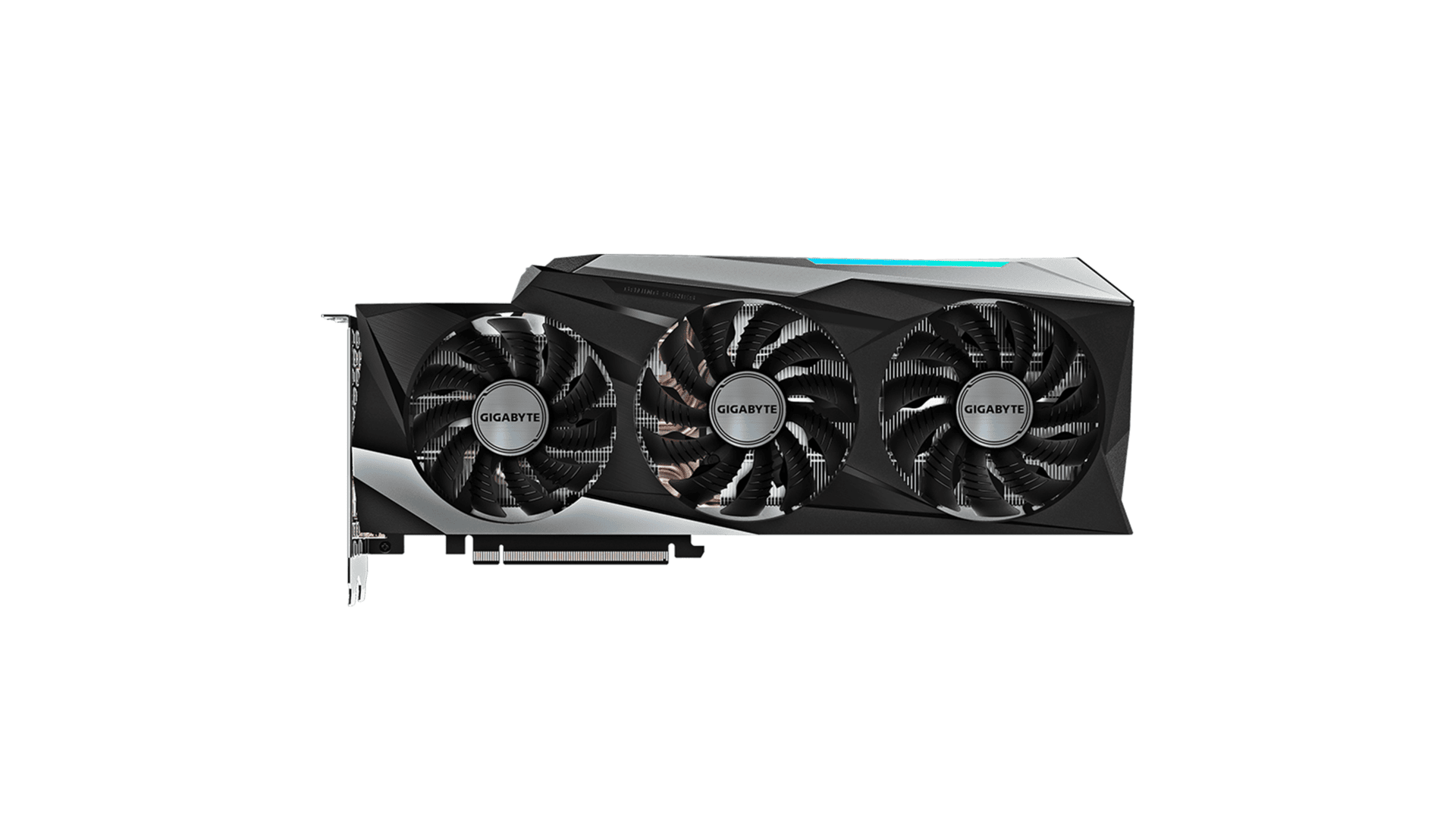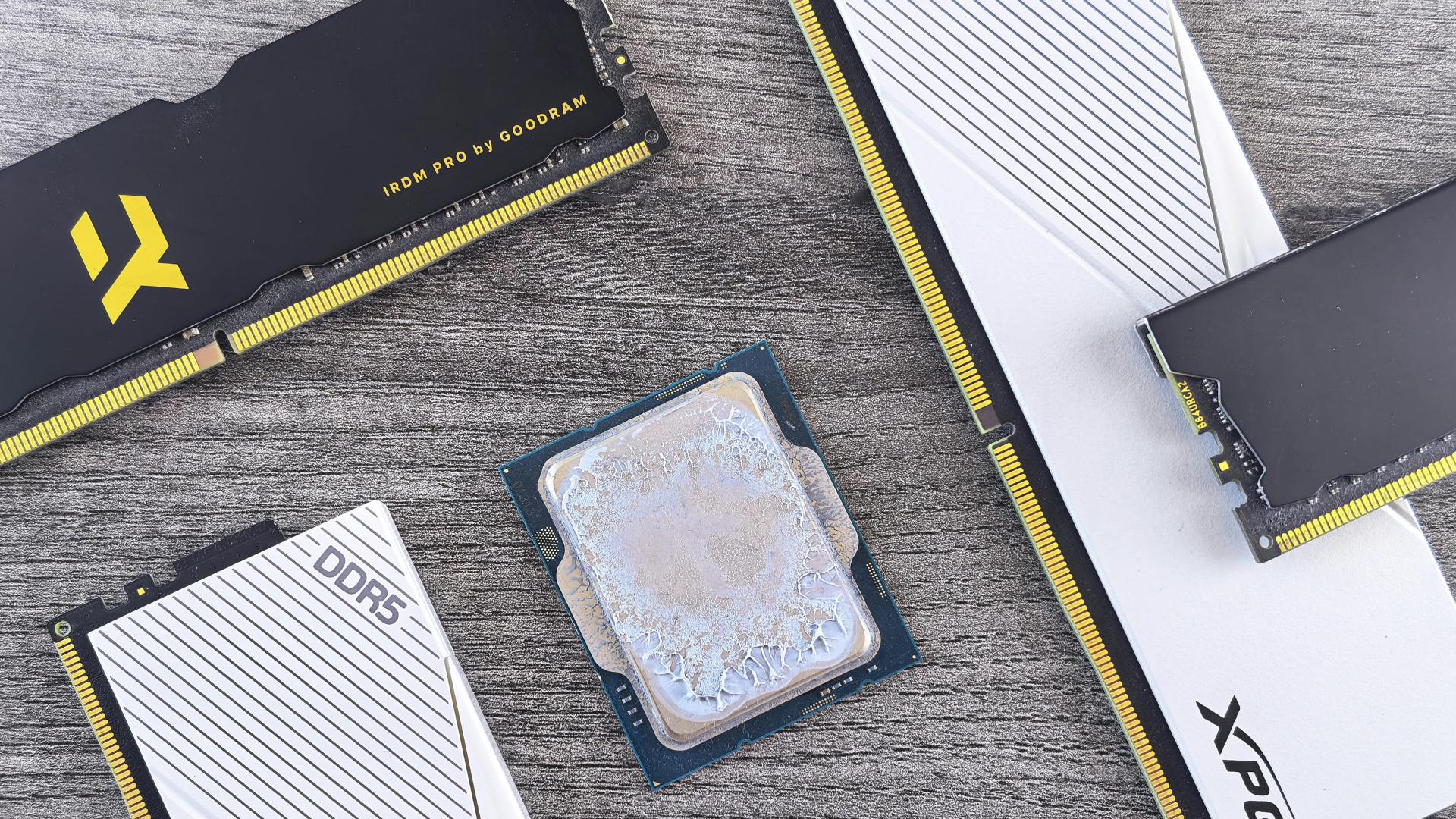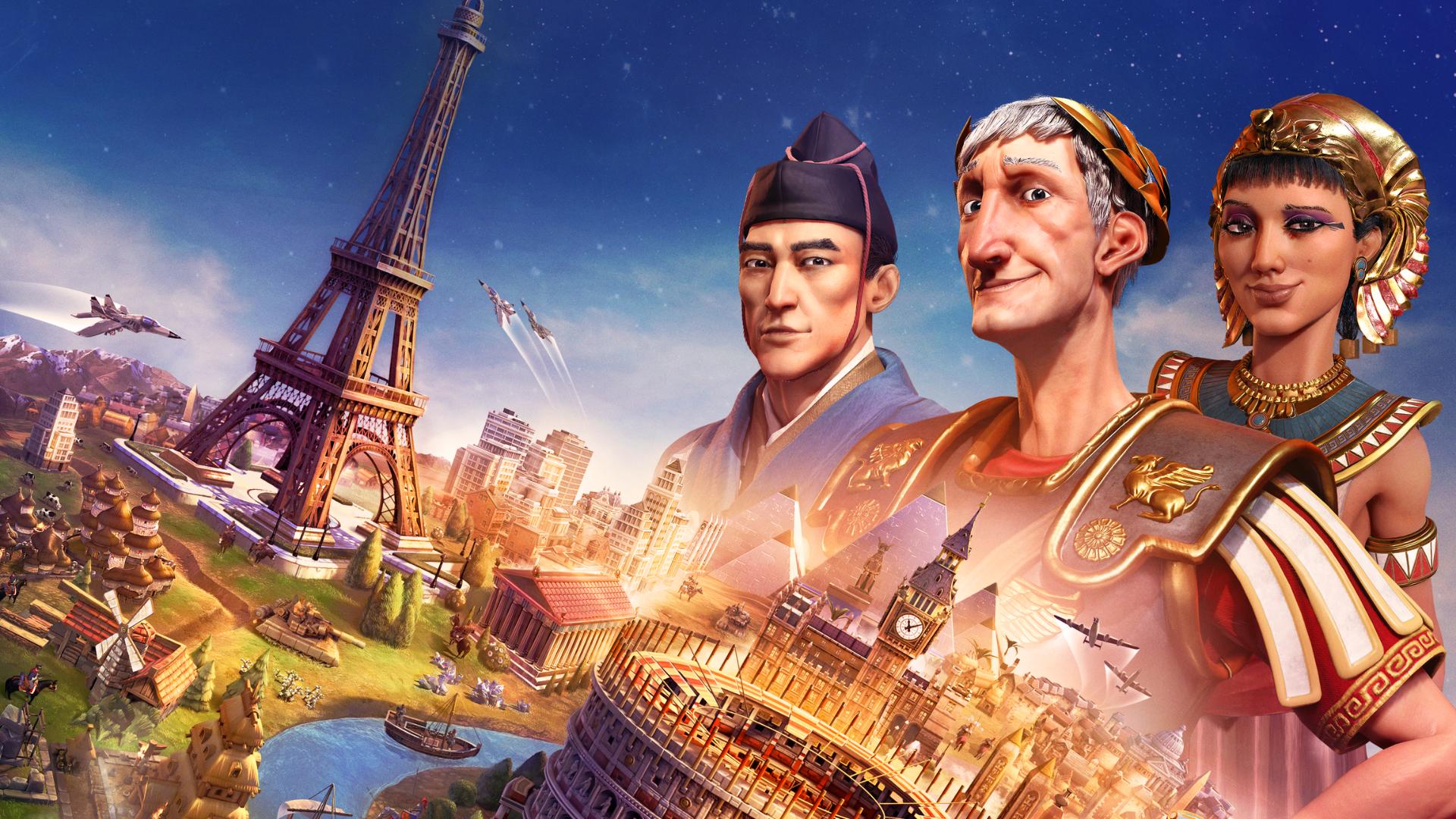Until recently, graphics cards or video game consoles used rasterization to generate visuals for screens. Rasterization translates 3D graphics into 2D pixels on screens, and shaders are applied to light. On the other hand, ray tracing traces every virtual ray of light for unmatched realism and stunning visual effects that mimic how light behaves in the real world.
Ray tracing isn’t just one technology. Instead, it encompasses various implementations. Ray tracing in gaming is about how these implementations enrich the virtual worlds gamers explore and fight battles.
Ray tracing is heralded as the next frontier in visual fidelity. It promises to transform gaming experiences into realms of unprecedented realism. However, what exactly is ray tracing, and why does it matter for your gaming setup?
What is Ray Tracing in Gaming?
Ray tracing is a revolutionary lighting technique that elevates the realism of computer-generated imagery. Unlike traditional methods, which rely on pre-calculated lighting effects, ray tracing mimics the behavior of light in the physical world by tracing the path of individual rays as they interact with virtual objects.
One way to visualize the ray tracing process is to imagine standing in a dark room with a flashlight. When shining the light, you can see how it reflects off different surfaces, creating shadows where light is blocked. This example is analogous to how ray tracing works in digital environments. Each ray of light is simulated from its source, bouncing off surfaces and interacting with materials to determine how it contributes to the final image on the screen.
This technology isn’t entirely new, as the concept has been around for decades. However, widespread adoption in real-time applications like gaming is only becoming feasible due to advancements in computing power. Previously, ray tracing was predominantly used in offline rendering for animated films, famously in movies like Pixar’s “Toy Story” series, to achieve photorealistic visuals.
In gaming, implementing ray tracing means light sources in a virtual scene emit rays that travel, bounce, and interact realistically with objects and surfaces. This results in lifelike reflections, accurate shadows, and enhanced depth perception, significantly boosting immersion and visual fidelity.
While ray tracing is incredibly effective for creating stunning visuals, it is computationally intensive. Computers must use substantial processing power to calculate the paths of numerous rays in real-time. However, modern graphics cards now integrate specialized hardware dedicated to accelerating these calculations, so games can harness the benefits of ray tracing without sacrificing performance.
What does Ray Tracing do?
Ray tracing simulates light’s behavior in a manner closer to reality than traditional methods.
In games without ray tracing, developers typically rely on precomputed lighting, which involves placing light sources within the game environment uniformly emitting light across scenes. Objects and characters lack inherent knowledge of their surroundings, necessitating the GPU to calculate lighting interactions dynamically during rendering. While surface textures can mimic shininess by reflecting light from these static sources, the realism of reflections and refractions remains limited.
Ray tracing replicates how light behaves in reality by tracing the path of individual photons or rays. Each ray is a virtual photon emitted from a light source or generated by the camera’s viewpoint. As these rays travel through the virtual environment, they interact with objects, bouncing off surfaces, refracting through transparent materials, and being absorbed or scattered based on their encounters. The process recreates complex phenomena like shadows, reflections, and global illumination with unparalleled fidelity.
The implementation of ray tracing in games involves tracing multiple rays per pixel, each representing a potential path of light visible to the player’s viewpoint. This approach contrasts with traditional rendering, where light calculations are primarily forward-focused, emanating from light sources and culminating at the observer’s eye. Instead, ray tracing reverses this flow, starting from the eye and extending outward into the scene, capturing interactions that contribute to the final rendered image.
The Benefits of Ray Tracing
Ray tracing offers profound benefits over traditional rasterization techniques, particularly in gaming. While ray tracing is computationally demanding, its ability to simulate realistic lighting and visual effects marks a significant leap forward in gaming graphics. With modern GPUs featuring dedicated ray tracing cores (RT cores), gaming PCs can easily handle the complex calculations needed to make ray tracing work. Eliminating the limitations of traditional rasterization and shaders sets a new standard for immersive gameplay, offering a visually stunning experience.
The Current Challenges with Ray Tracing
Ray tracing represents a groundbreaking leap in visual fidelity for gaming and other real-time applications. Still, its adoption comes with significant challenges that developers and hardware manufacturers must overcome.
- Unlike traditional rasterization techniques, which are relatively efficient in rendering 3D scenes, ray tracing requires millions or even billions of rays to simulate the behavior of light accurately. This computational load can impact performance, leading to lower frame rates and potential gameplay stuttering.
- Modern GPUs are equipped with dedicated ray-tracing or RT cores to accelerate ray-tracing calculations, but they are more expensive than non-ray-tracing GPUs.
- The implementation and quality of ray tracing effects can vary significantly between games, as developers have varying expertise and resources to integrate ray tracing effectively into their game engines.
- Despite advancements, a significant portion of the gaming market still relies on GPUs that do not support hardware-accelerated ray tracing.
Although ray tracing offers unparalleled visual realism and immersion, technical and economic challenges hinder its adoption in gaming. Overcoming these hurdles requires ongoing innovation in hardware development, optimization techniques by game developers, and broader accessibility to ensure that more gamers enjoy the benefits of ray tracing in the future.
The Future of Ray Tracing in Gaming
The future of ray tracing in gaming is poised for significant growth and evolution as hardware capabilities advance and adoption expands across platforms. As hardware grows more powerful and cost-friendly, the adoption of ray tracing is projected to increase across a broader spectrum of games and platforms. Developers continue pushing the boundaries of visual realism, leveraging ray tracing to create more immersive worlds and captivating gaming experiences.
Even though the path to the widespread integration of ray tracing in gaming involves overcoming technical and economic challenges, the trajectory is clear. With evolving hardware and game development techniques, ray tracing is set to become a standard feature, enhancing games’ visual fidelity and realism for gamers everywhere.
Are you looking for high-quality prebuilt gaming PC? Then check out iBUYPOWER’s selection of laptops and PCs. Whether you want to complete your own build or purchase a pre-built setup, we have everything you need for the ultimate experience. From top-of-the-line PC monitors to sleek cases, iBUYPOWER can help you create a PC with excellent performance and an appealing aesthetic.






